Image
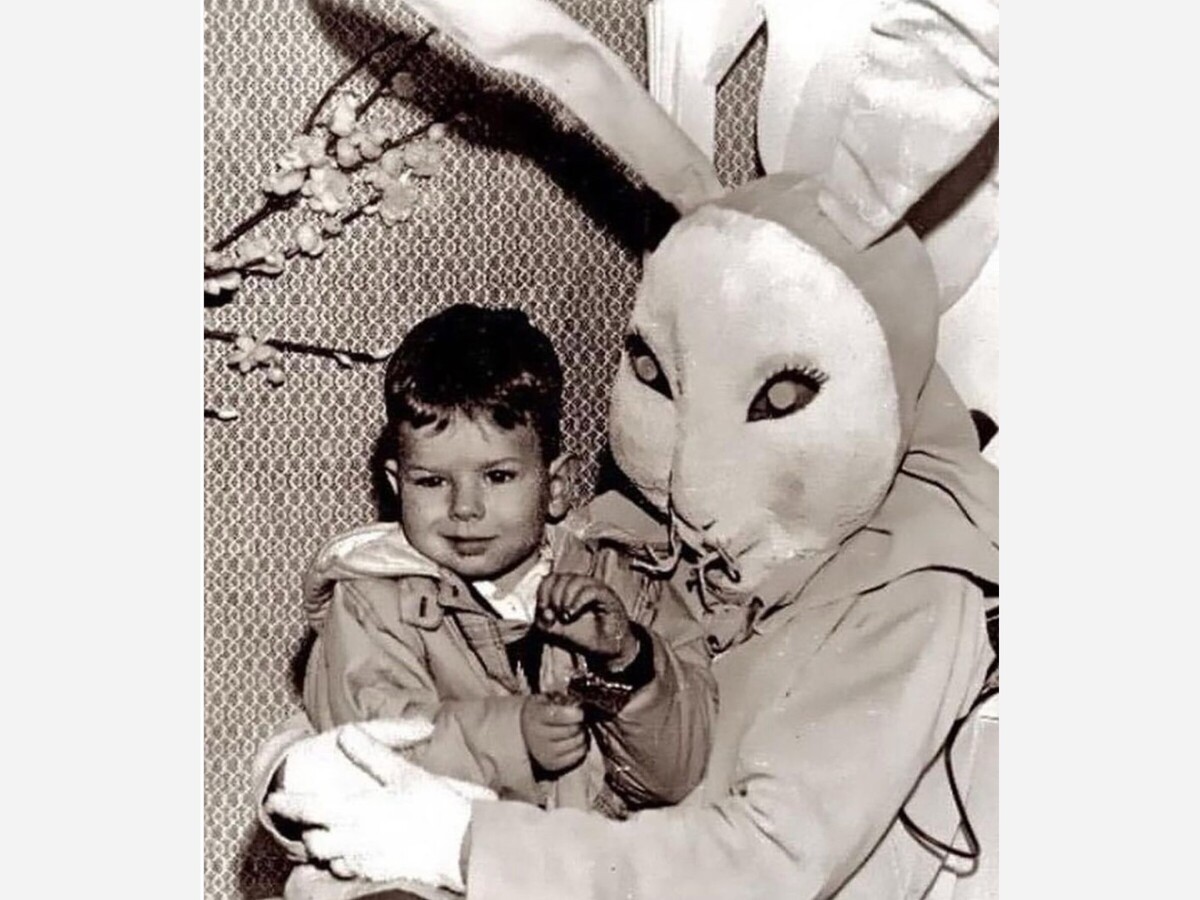

According to a story from the AlamogordoTownNews.com from the historical archives, we found Alamogordo’s the first references to Easter Egg hunts and the “great Easter Bunny” making a showing in 1921 at the town square and New York Avenue area near the train depot. The first reference to an Easter egg hunt was referenced in a church flyer and a few other archival records which can be found digging in online archives.
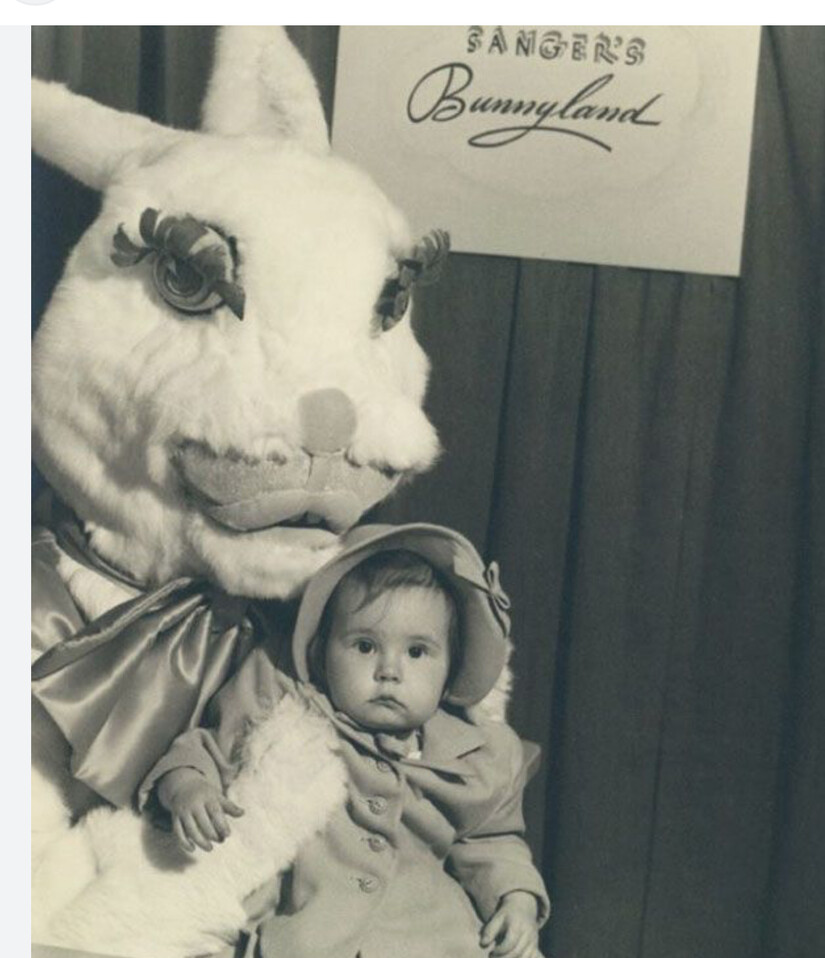
Memories of early Easter Bunny’s and Easter Egg hunts in Southern New Mexico seem to be fading but one individual interviewed said in the 1950’s the best Egg Hunt and Easter Bunny in the region was always at the Lodge of Cloudcroft followed by a huge picnic around the property with all the women in huge Easter hats and the Best new Spring Dresses.

Easter is a religious holiday, but some of its customs, such as Easter eggs, are likely linked to pagan traditions. The egg, an ancient symbol of new life, has been associated with pagan festivals celebrating spring. From a Christian perspective, Easter eggs are said to represent Jesus’ emergence from the tomb and resurrection. Decorating eggs for Easter is a tradition that dates back to at least the 13th century, according to some sources. One explanation for this custom is that eggs were formerly a forbidden food during Lent, so people would paint and decorate them to mark the end of the period of penance and fasting, then eat them on Easter as a celebration.
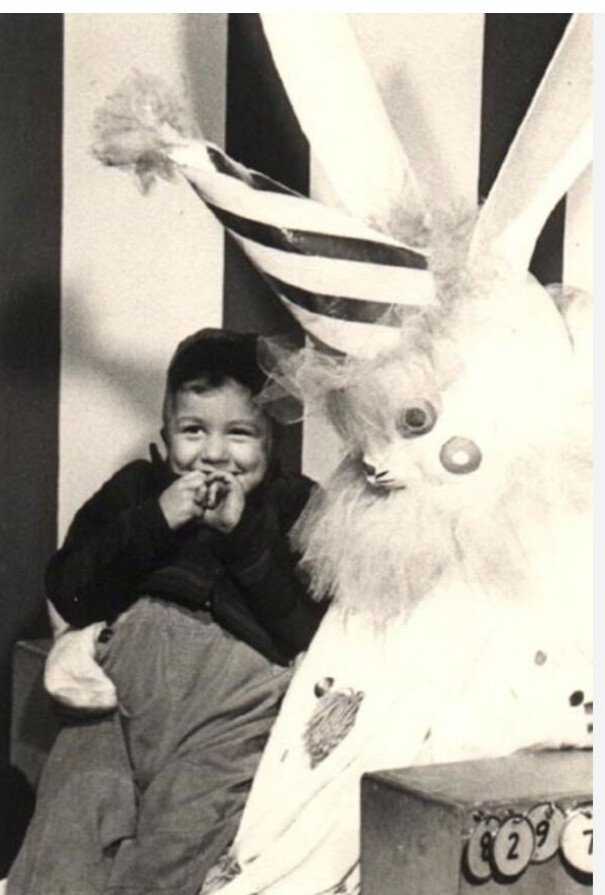
Easter egg hunts and egg rolling are two popular egg-related traditions. In the U.S., the White House Easter Egg Roll, a race in which children push decorated, hard-boiled eggs across the White House lawn, is an annual event held the Monday after Easter. The first official White House egg roll occurred in 1878, when Rutherford B. Hayes was president. The event has no religious significance, although some people have considered egg rolling symbolic of the stone blocking Jesus’ tomb being rolled away, leading to his resurrection.

Per History.com lamb is a traditional Easter food. Christians refer to Jesus as the “Lamb of God,” though lamb at Easter also has roots in early Passover celebrations. In the story of Exodus, the people of Egypt suffered a series of terrible plagues, including the death of all firstborn sons. Israelites painted their doorposts with sacrificed lamb’s blood so that God would “pass over” their homes. Jews who converted to Christianity continued the tradition of eating lamb at Easter. Historically, lamb would have been one of the first fresh meats available after a long winter with no livestock to slaughter.
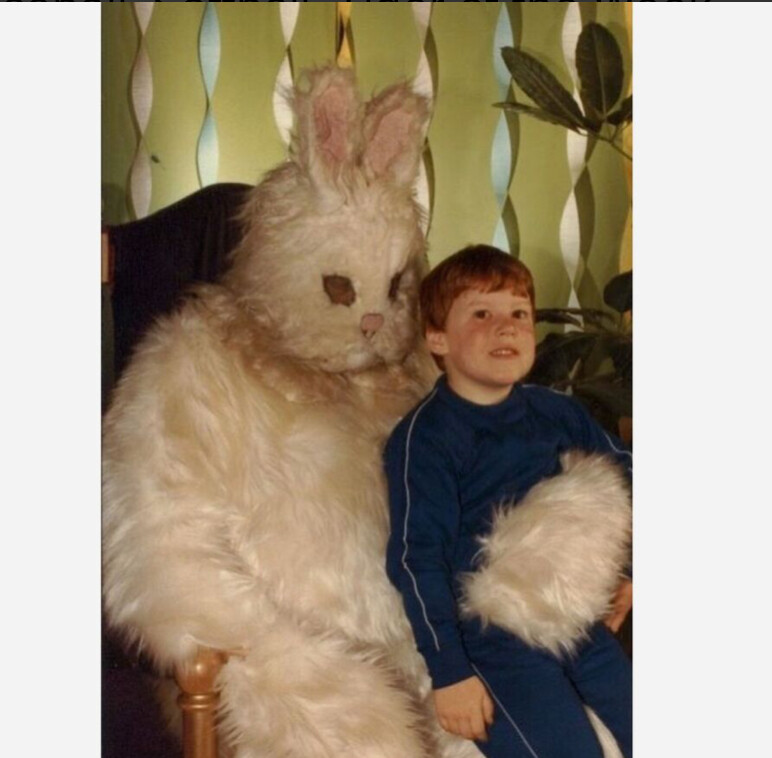
The origins of the Easter Bunny...
The Easter Bunny (also called the Easter Rabbit or Easter Hare) is a folkloric figure and symbol of Easter, depicted as a rabbit bringing Easter eggs. Originating among German Lutherans, the "Easter Hare" originally played the role of a judge, evaluating whether children were good or disobedient in behavior at the start of the season of Eastertideq. The Easter Bunny is sometimes depicted with clothes.
In legend, the creature carries colored eggs in his basket, candy, and sometimes also toys to the homes of children, and as such shows similarities to Santa Claus or the Christkind, as they both bring gifts to children on the night before their respective holidays.
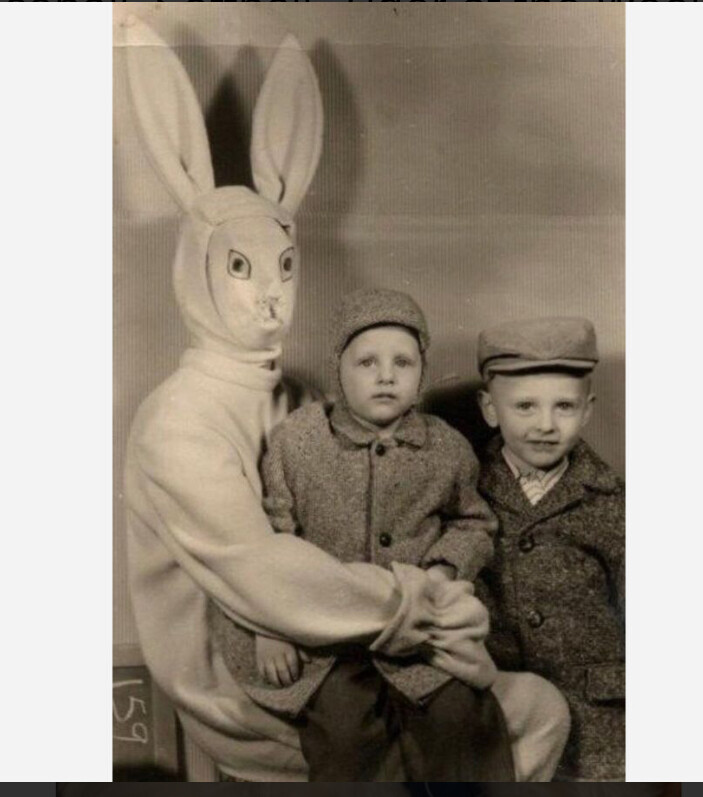
The custom was first mentioned in Georg Franck von Franckenau's De ovis paschalibus ('About Easter Eggs') in 1682, referring to a German tradition of an Easter Hare bringing Easter eggs for the children.
The hare was a popular motif in medieval church art. In ancient times, it was widely believed (as by Pliny, Plutarch, Philostratus, and Aelian) that the hare was a hermaphrodite. The idea that a hare could reproduce without loss of virginity led to an association with the Virgin Mary, with hares sometimes occurring in illuminated manuscripts and Northern European paintings of the Virgin and Christ Child.
It may also have been associated with the Holy Trinity, as in the three hares motif.
But while the Easter bunny technically isn’t real, the tradition is very much alive, thanks to sneaky parents who have been filling the baskets as a tradition since the founding of America.
Vintage Easter bunnies take creepiness to a whole new level.
It’s kind of like how clowns have gone from funny and fun to creepy and creep. Easter bunnies are supposed to be adorable, fuzzy, and brimming with treats for kids, right? Well, back in the day, when people had to make their own costumes, sometimes it didn’t go quite right. The result? Creepy Easter bunny photos.
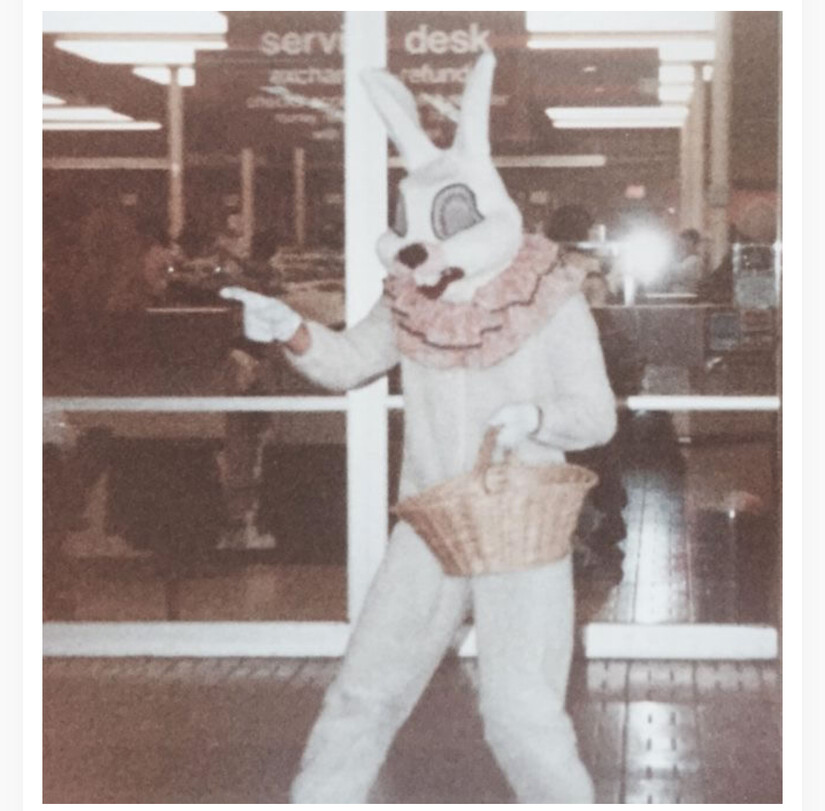
Happy Easter everyone!